
Email
info@navmoor.com

Call
02922 638222
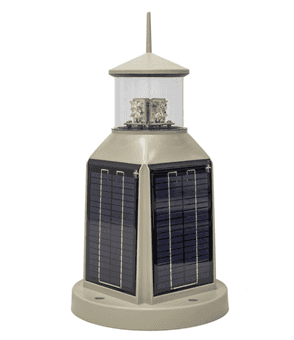
Navmoor provides the largest selection of Aids to Navigation in the world! We are proud to be the exclusive distributor to the United Kingdom & Ireland, of Mesemar products.
We can help you decide what lantern works best for any given application, or if you know what you’re looking for, we can simply offer a like for like option.
As well as maintaining and repairing legacy equipment from all manufacturers, we can supply, install or maintain any of the following:
When selecting a standalone or high precision light, remember the minimum viewing range is as important as the maximum viewing range requirements. On a sectored lantern, the definition between sectors is crucial to providing the mariner the most accurate information as to where they are in the channel.
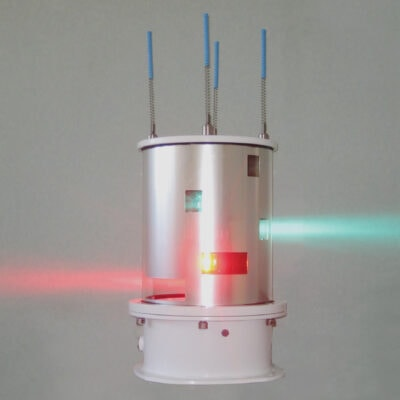
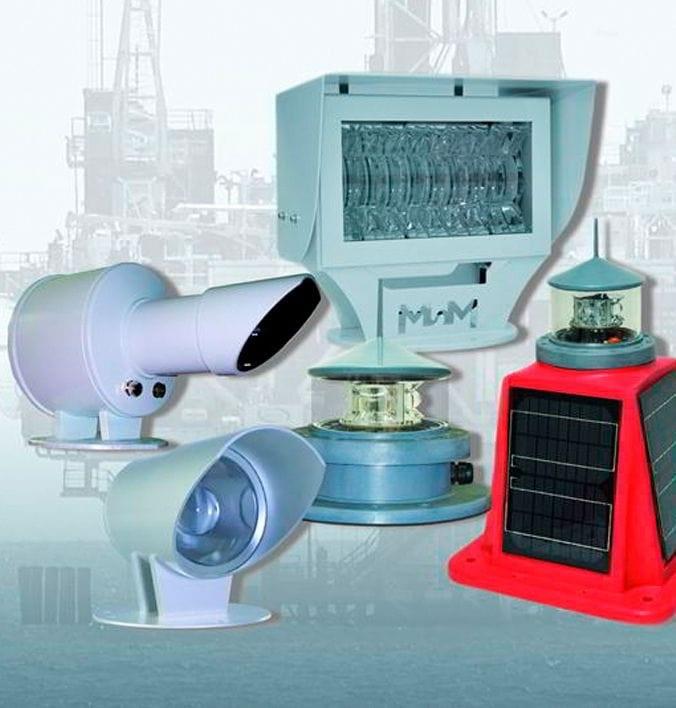
Navmoor offers a great range of beacons with ATEX Certification to be installed in potentially hazardous areas, in the presence of flammable liquids, gases, or vapours. Among the ATEX range, you’ll find flashing beacons, solar lanterns, range lights and high-resolution leading lights.
The MTU AIS-C transponder is a compact AIS AtoN device, providing automatic information on the GPS position of the marine aid to navigation (AtoN); thus making easy the location and identification of buoys, beacons and lighthouses on a vessel or an AIS Base Station chart.
A triple environmental protection housing compactly holds this device and the GPS antenna inside. The transponder can send status signals and alarms signals coming from any kind of beacon, either rotating or flashing one, without need to install any additional sensors. Additionally, the MTU AIS-C can transmit meteorological and oceanographic data, such as current, wave height, tides, and wind direction and intensity; all this with a minimum energy consumption. The MTU AIS-C complies with IMO, IEC, ITU and IALA Standards.
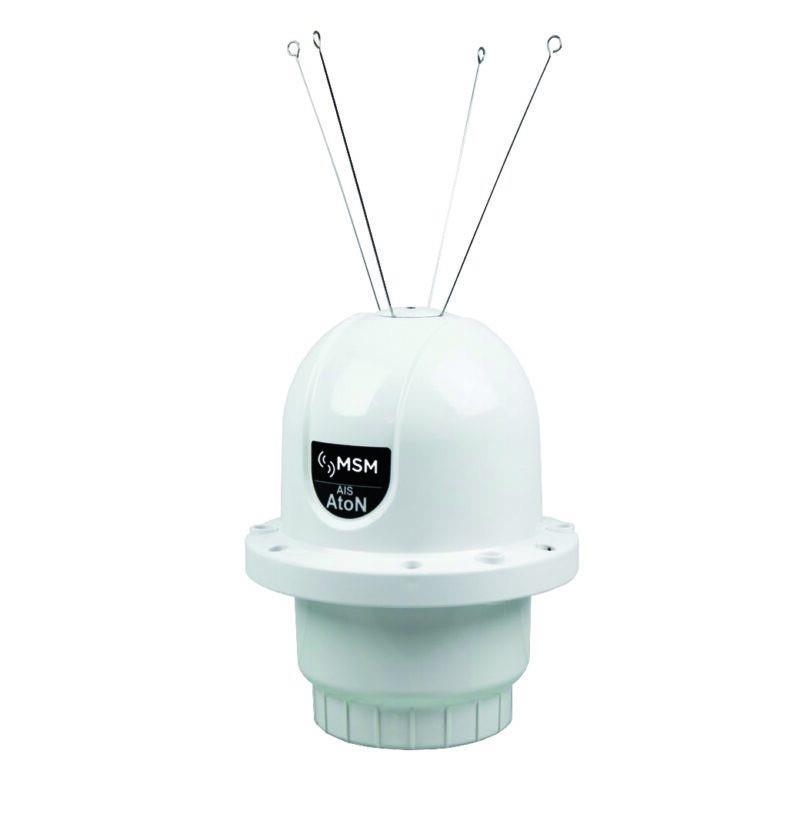
Navmoor introduced its online monitoring portal to the world in early 2019, since then it has grown to become the market leading platform, and the only platform which enables you to monitor ANY parameter of ANY deployed asset, regardless of manufacture or age.
We can add monitoring to almost any device, not only aids to navigation. It might be that you have several lights, vibration sensors, meteorological sensors or of course buoys that you would like to monitor, or it might be that you want different data from different assets. i.e. the position, wave height and battery voltage might be important from a navigation buoy, but knowing whether your Port Entry Light is on and at what intensity/range might be what you want to know from another station.
The applications are endless, and as Navmoor is primarily an Aids to Navigation we haven’t even thought outside of our little bubble…. So, what do you want to monitor? No matter what you add to our open-source system, your assets and their data will all appear in our web-based online portal, accessible over any internet browser or mobile device, and the best part of Navmoor’s portal is that you can use whichever medium best suits the location, coverage, and data usage:
We can even provide the data directly to Pilots via PPUs, or to VTS over AIS or a direct API (Application Programming Interface). And if the above hasn’t already blown your mind, what if we told you that we can add control options to your portal too…. I know right….. Mind Blown!!!!!!
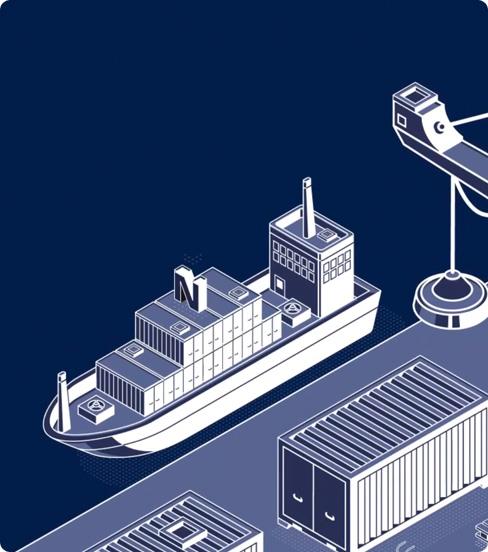
With the latest technology offering significantly lower power consumption, we are now able to offer monitoring and control of even the smallest lanterns, meaning you are informed of their condition and functionality, including its flash character and battery without having to mount the AtoN structure or buoy to check. This method of monitoring is saving Ports & Harbour thousands of pounds in unjustified vessel visits and repeat attendance for repairs. Not only do you know if the battery is running low via an alarming system to your phones via text or email address you can also monitor the locations of the lights & buoys using smart geofencing to trigger alarms should your buoys break their moorings.